What are in Tanzania Safaris?
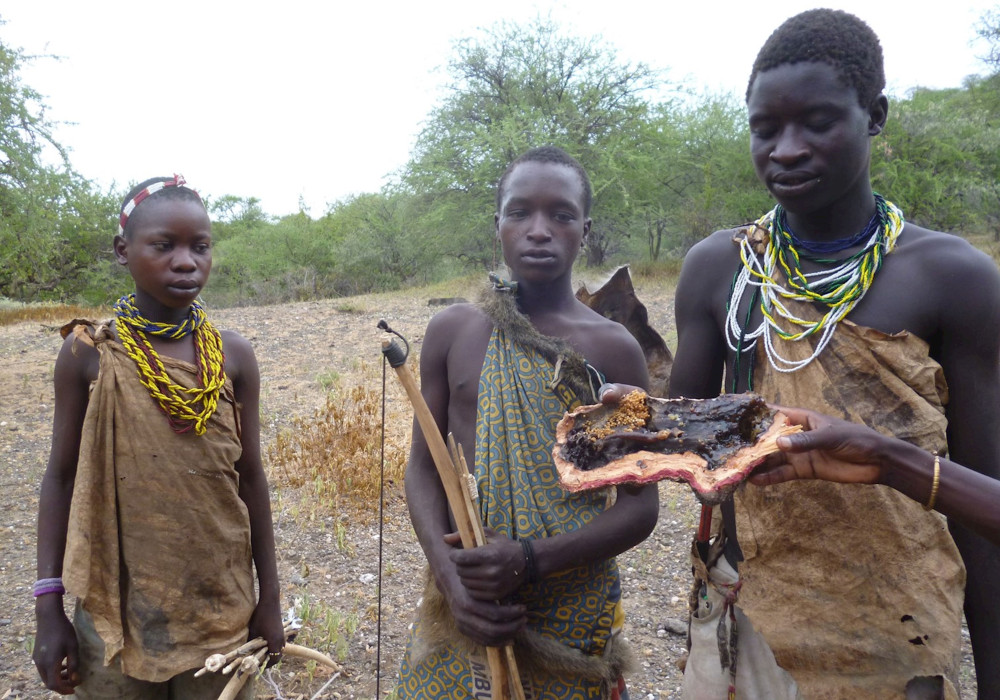
$210pp (USD)


$2509pp (USD)

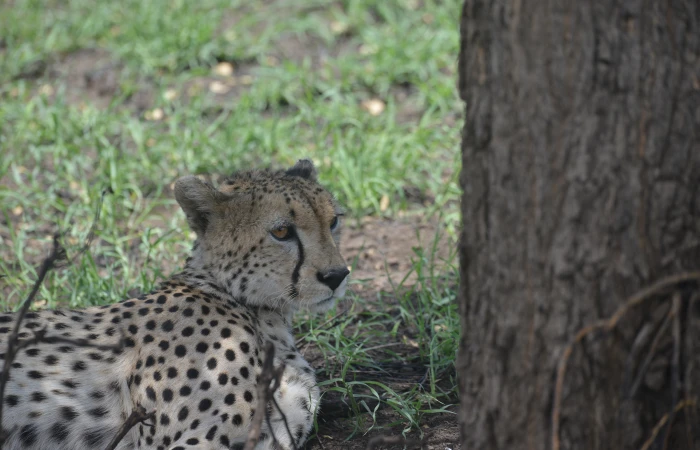
$2640pp (USD)

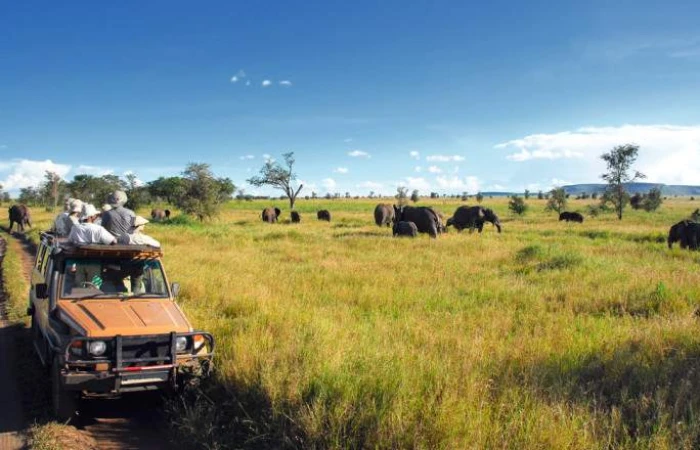
$2969pp (USD)

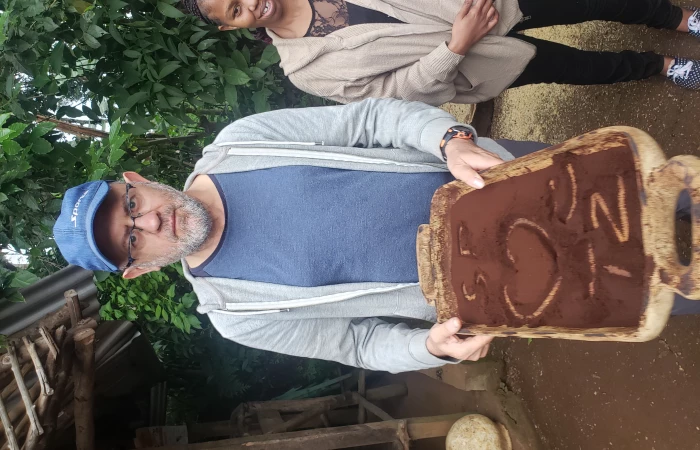
$130pp (USD)

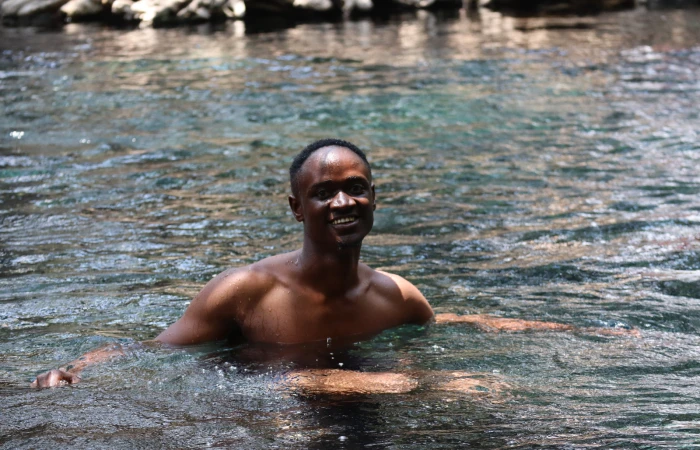
$80pp (USD)


$220pp (USD)


$1879pp (USD)


$1745pp (USD)

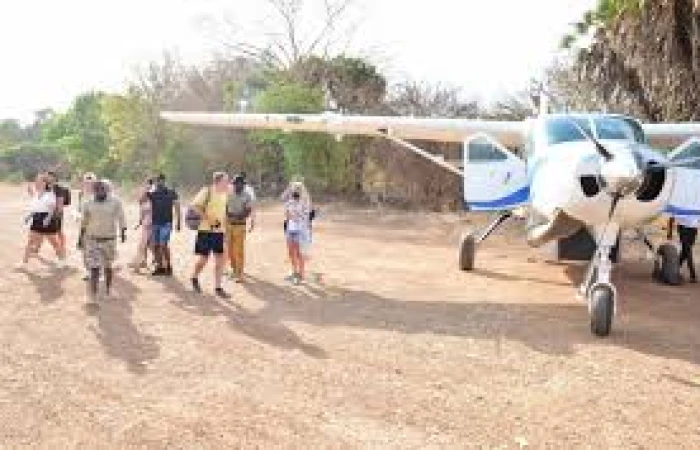
$654pp (USD)


$749pp (USD)

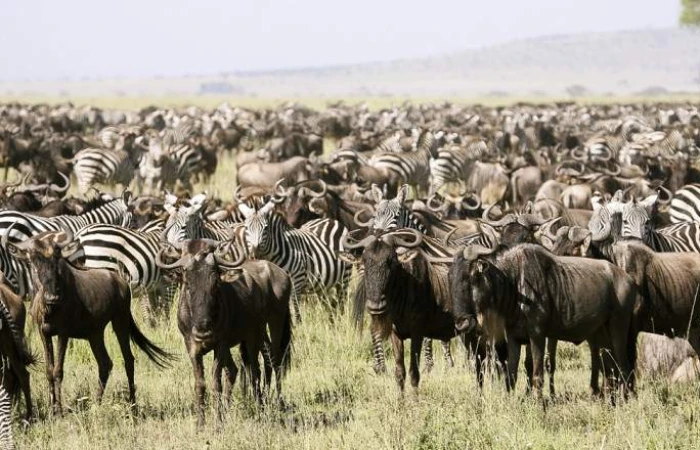
$2670pp (USD)


$2000pp (USD)

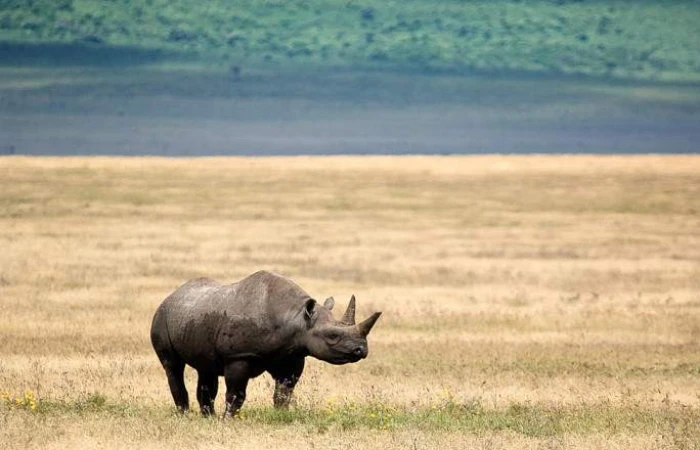
$1008pp (USD)

Tanzania is a popular destination for safaris in East Africa, known for its diverse wildlife, stunning landscapes, and iconic national parks. Here is some information about Tanzania safaris:
Serengeti National Park:
The Serengeti is Tanzania's most famous national park and one of the best places in Africa to see wildlife. It is known for the annual wildebeest migration, where millions of wildebeest and other herbivores move across the plains in search of fresh grazing. The park is home to lions, elephants, cheetahs, giraffes, zebras, and many other species.
Ngorongoro Crater:
Located in the Ngorongoro Conservation Area, the Ngorongoro Crater is a UNESCO World Heritage Site and a breathtaking natural wonder. The crater is a large caldera formed by a volcanic eruption and is home to a wide variety of wildlife, including the "Big Five" (lion, elephant, buffalo, leopard, and rhino).
Tarangire National Park:
Known for its large elephant population and baobab trees, Tarangire National Park offers a unique safari experience. The park is characterized by vast grasslands, swamps, and the Tarangire River, which attract wildlife during the dry season. Visitors can spot elephants, lions, giraffes, zebras, and numerous bird species.
Lake Manyara National Park:
Situated at the base of the Great Rift Valley, Lake Manyara National Park is known for its diverse birdlife and tree-climbing lions. The park's landscape includes woodlands, grassy plains, and the alkaline Lake Manyara, where flamingos gather in large numbers.
Selous Game Reserve:
As one of the largest protected wildlife areas in Africa, Selous Game Reserve offers a more off-the-beaten-path safari experience. It is renowned for its vastness and wilderness, with diverse ecosystems, including riverine forests, grassy plains, and wetlands. Visitors can explore the reserve through boat safaris, walking safaris, and traditional game drives.
Ruaha National Park:
Located in central Tanzania, Ruaha National Park is a hidden gem for safari enthusiasts. It is known for its remote and untouched wilderness, offering a quieter and more exclusive experience. The park is home to large populations of elephants, lions, leopards, and a variety of antelope species.
When planning a Tanzania safari, it is advisable to work with reputable tour operators or travel agencies that specialize in organizing safaris. They can help design an itinerary based on your preferences, arrange accommodations, transportation, and provide experienced guides to enhance your safari experience.
It's also important to note that the best time to visit Tanzania for a safari depends on the specific parks and wildlife you want to see. The dry season, from June to October, is generally considered the best time for wildlife viewing, as animals gather around water sources. However, different parks may have slightly different peak seasons, so it's worth researching the specific regions you plan to visit.
Remember to obtain the necessary visas and vaccinations before traveling to Tanzania and adhere to the park regulations and guidelines to ensure a safe and enjoyable safari experience.
FAQ About Safari
Essential items to pack for a Tanzania safari include lightweight and breathable clothing, comfortable walking shoes, a hat, sunscreen, insect repellent, binoculars, a camera, and any necessary medications. It's also advisable to pack layers for cooler mornings and evenings, as well as a waterproof jacket in case of rain.
Tanzania is known for its diverse wildlife. On a safari, you can expect to see animals such as lions, elephants, giraffes, zebras, wildebeests, buffaloes, leopards, cheetahs, rhinos (in a few select areas), hippos, crocodiles, and a variety of antelope species. Birdlife is also abundant in Tanzania.
The duration of your safari depends on your interests and the specific areas you wish to visit. Many people opt for a 4- to 7-day safari, which allows for a good wildlife experience in multiple parks. However, it's also possible to extend your safari and combine it with other attractions, like the beaches of Zanzibar or cultural visits.
Tanzania offers a range of accommodations to suit different preferences and budgets. Options include luxury lodges, tented camps, mobile camps, and budget-friendly campsites. Some lodges and camps are located inside the national parks, while others are situated in private concessions adjacent to the parks.
The best time for a safari in Tanzania depends on what you want to see and experience. The dry season from June to October is popular as wildlife congregates around water sources. The wildebeest migration usually takes place from December to July. However, different parks have different peak seasons, so it's advisable to research specific regions and their seasonal patterns.
Yes, most visitors to Tanzania require a visa. You can obtain a visa in advance from a Tanzanian embassy or consulate, or you can get a visa on arrival at the airport or border entry points. It's recommended to check the visa requirements and application process beforehand to ensure a smooth entry into the country.
Tanzania is generally considered safe for tourists, including safari-goers. However, it's always advisable to exercise caution and follow the guidance of your tour operator or guide. Be aware of your surroundings, listen to instructions, and take necessary precautions to ensure a safe and enjoyable experience.





